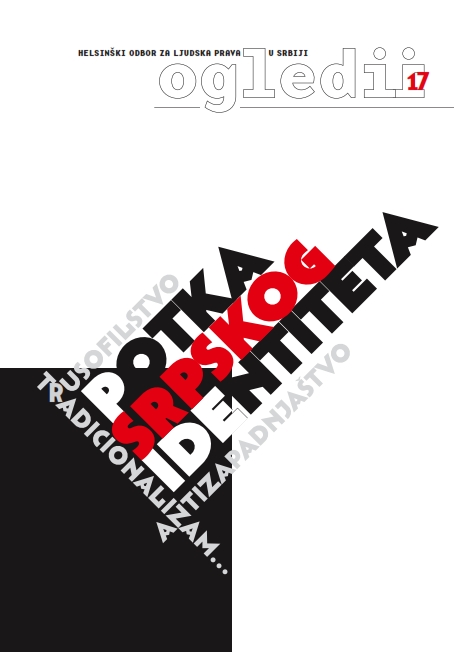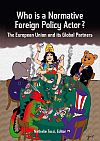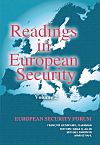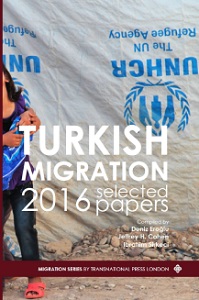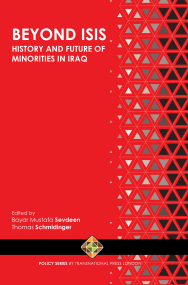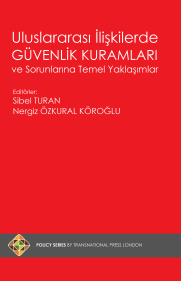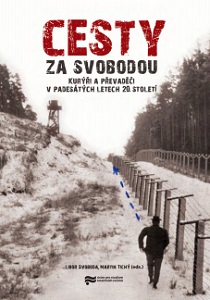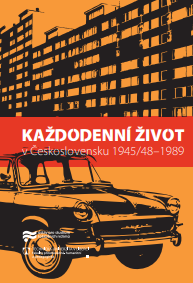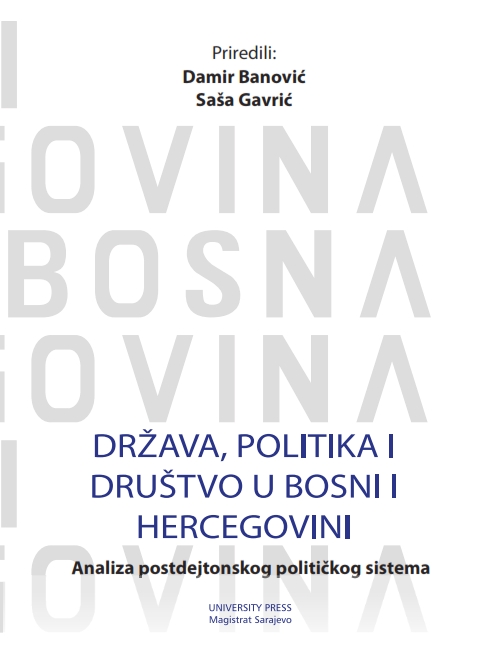
Dejtonski sporazum za Bosnu i Hercegovinu
Prilog skicira rat vođen za Republiku Bosnu i Hercegovinu i prikazuje sklapanje mirovnog sporazuma u Daytonu. Analizira najznačajnije sadržaje odredbi dejtonskog sporazuma i pokazuje da njegove odredbe po pitanju demokratizacije, povratka izbjeglica i prognanika i procesuiranja ratnih zločina nadmašuju tadašnje odnose moći. Prilog opisuje implementaciju centralnih sadržaja mirovnog sporazuma koji će i sljedećih godina određivati politički diskurs u Bosni i Hercegovini.
More...
